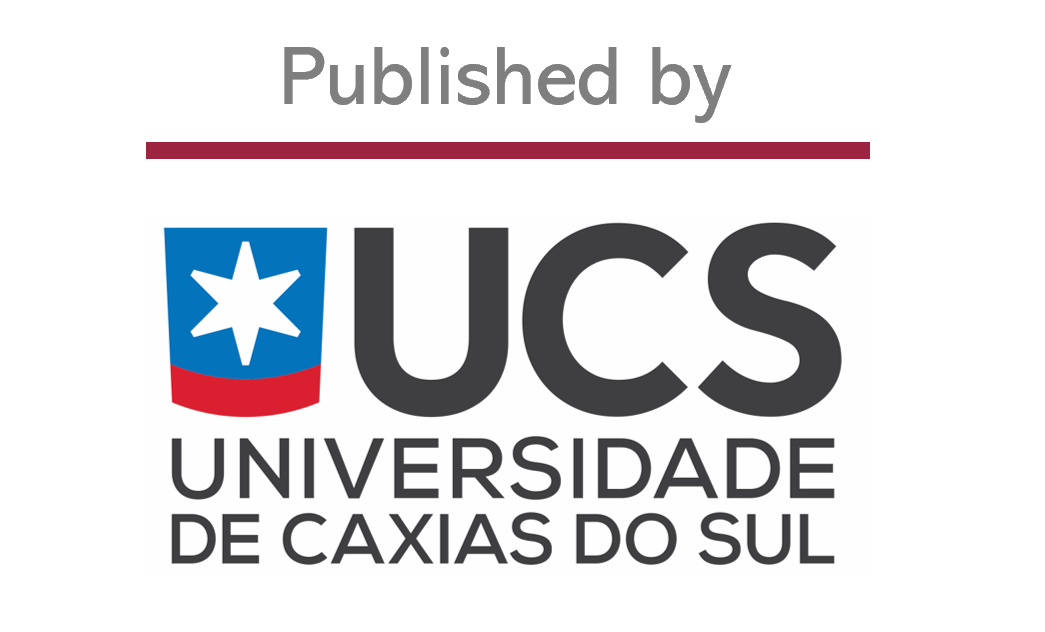Aplicação de Inteligência Artificial e ARIMA na Previsão de Demanda no setor metal mecânico
Abstract
A utilização de modelos de previsão de demanda é uma maneira de obter-se vantagens competitivas e melhorar o gerenciamento de recursos produtivos. Identificar qual modelo de predição utilizar pode facilitar o dia-a-dia e o planejamento estratégico. Este estudo tem por objetivo realizar a aplicação de métodos de previsão de demanda em uma empresa que atua no setor metal mecânico. Propõe-se a comparação do modelo ARIMA (Auto Regressive Integrated Moving Averages) com o modelo de Redes Neurais Artificiais (RNA). Para a utilização das RNA se desenvolveu um modelo matemático de otimização capaz de encontrar a melhor quantidade de neurônios e função matemática de treinamento e delay da rede por meio de Algoritmos Genéticos, minimizando os erros de previsão. A partir da comparação dos métodos, observou-se que o modelo RNA otimizado apresentou menor percentual de erro, aumentando a confiabilidade e aceitabilidade do modelo. O desempenho e comparativo estatístico dos métodos foram avaliados a partir do MAPE e MAE.
References
Adebiyi, A.; Adewumi, A.; Ayo, C. “Comparison of ARIMA and Artificial Neural Networks Models for Stock Price Prediction,” Journal of Applied Mathematics, pp. 1-7, 2014.
Corso, Leandro L.; Wallace, Mark. “A hybrid method for transportation with stochastic demand,” International Journal of Logistics , v. 18, pp. 1-13, 2015.
Merkuryeva, G.; Valberga, A., Smirnov, A. “Demand forecasting in pharmaceutical supply chains: A case study,” Procedia Computer Science. vol 149, pp. 3-10, 2019.
Hamzaçebi, C.; Es, H.A. & Çakmak. “Forecasting of Turkey’s monthly electricity demand by seasonal artificial neural network,” Neural Computing and Applications, v. 31, pp. 2217-2231, 2019.
Rahimian, H.; G. Bayraksan; T. Homem-de-Mello, “Identifying Effective Scenarios in Distributionally Robust Stochastic Programs with Total Variation Distance,” Mathematical Programming, vol 173, pp. 393 – 430, 2019.
Merkuryeva, G.; Valberga, A.; Smirnov, A. “Demand forecasting in pharmaceutical supply chains: A case study,” Procedia Computer Science, vol 149, pp. 3-10. 2019.
Xu, Shuojiang; Chan, Hing Kai; Zhang, Tiantian. “Forecasting the demand of the aviation industry using hybrid time series SARIMA-SVR approach,” Logistics and Transportation Review, vol 122, pp. 169-180, 2019.
Rossini, M.; Costa, F.; Tortorella, GL et al. “The interrelation between Industry 4.0 and lean production: an empirical study on European manufacturers,” International Journal of Advanced Manufacturing Technology, vol 102, pp. 3963–3976, 2019.
Bär, K.; Herbert-Hansen; Z. N. L.; & Khalid. “Considering Industry 4.0 aspects in the supply chain for an SME,” Production Engineering, vol 12(6), pp. 747-758, 2018.
Oztemel, E.; Gursev, S. “Literature review of Industry 4.0 and related Technologies,” Journal of Intelligent Manufacturing, pp. 1-56, 2018.
Kong, X.T.R.; Luo, H.; Huang, G.Q.; Yang, X. “Industrial wearable system: The human-centric empowering technology in Industry 4.0,” Journal of Intelligent Manufacturing, vol 17, pp. 1–17, 2018.
Liu Huai; Chen Chao, et al. “Deterministic wind energy forecasting: A review of intelligent predictors and auxiliary methods,” Energy Conversion and Management, v. 195, pp. 328-345, 2019.
Zhang, X.; Ming, X.; Liu, Z. et al. “A reference framework and overall planning of industrial artificial intelligence (I-AI) for new application scenarios,” International Journal of Advanced Manufacturing Technology, vol 101, pp. 2367–2389, 2019.
Kao, Chiang; Liu, Shiang-Tai. “Stochastic efficiency measures for production units with correlated data,” European Journal of Operational Research, vol 273 (1), pp. 278-287, 2019.
Afolabi, Mark O.; Olude, Olatoyosi. “Predicting Stock Prices Using a Hybrid Kohonen Self Organizing Map (SOM),” Proceeding of 40th International Conference on Systems Sciences, 1560-1605, 2007.
G.E.P. Box; G.M. Jenkins. “Time Series Analysis: Forecasting and Control,” Holden Day, San Francisco. Google Scholar, 1976.
Hosseinzadeh Talaee, P. “Multilayer perceptron with different training algorithms for streamflow forecasting,” Neural Computing and Applications, v. 24, pp. 695-703, 2014.
Mustafa, M.R.; Rezaur, R.B., Saiedi, S. et al. “River Suspended Sediment Prediction Using Various Multilayer Perceptron Neural Network Training Algorithms - A Case Study in Malaysia,” Water Resources Management, v. 26, pp. 1879-1897, 2012.
Downloads
Published
How to Cite
Issue
Section
License
Declaração de originalidade e cessão de direitos autorais
Declaro que o presente artigo é original, não está sendo tendo sido submetido à publicação em qualquer outro periódico nacional ou internacional durante o processo de revisão. Através deste instrumento, em meu nome e em nome dos demais co-autores, porventura existentes, cedo os direitos autorais do referido artigo à revista SCIENTIA CUM INDUSTRIA. Contudo, a reprodução total ou parcial impressa ou eletrônica pode ser feita desde que o autor comunique oficialmente à revista. Declaro estar ciente de que a não observância deste compromisso submeterá o infrator a sanções e penas previstas na Lei de Proteção de Direitos Autorias. Declaro estar ciente de que a não observância deste compromisso submeterá o infrator a sanções e penas previstas na Lei de Proteção de Direitos Autorias (Nº9610, de 19/02/1998).




